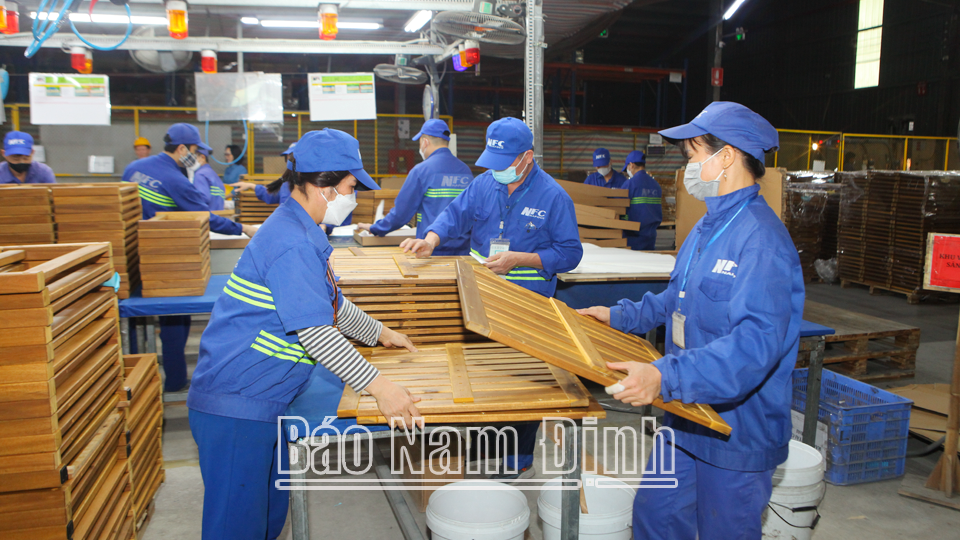 |
| Production of wooden products for export at Nam Dinh Forestry Products Joint Stock Company (Hoa Xa Industrial Park). |
Many important legal documents have been issued to support agencies, ministries, branches and localities in implementing the Greenhouse Gas Emission Reduction Strategy, typically the Law on Environmental Protection 2020 and Decree No. 08/2022/ND-CP dated January 10, 2022 of the Government detailing TDX and green bonds; Decision No. 1604/QD-NHNN dated August 7, 2018 of the State Bank of Vietnam approving the Project on Green Banking Development in Vietnam; Circular No. 17/2022/TT-NHNN dated December 23, 2022 of the State Bank of Vietnam regulating environmental risk management in credit granting activities... Although TDX development has had positive changes, there are still many difficulties and obstacles. Currently, the legal framework for defining standards for sustainable development and environmental protection projects lacks completeness and consistency. This makes the project evaluation process complicated, making it difficult for banks to provide TDX. Tax support policies and government guarantees for banks in providing TDX are also limited.
In addition, the lack of specialized resources needed to evaluate green projects also makes it difficult to make accurate disbursement decisions. Evaluating green projects requires a full legal framework with clear criteria to determine what is “green”. The definition and criteria for determining a “green” project currently applied by credit institutions are not clear and consistent, leading to difficulties in the approval process. In addition, regulations and policies on the environment and green finance can change, creating legal risks for projects that have been granted credit. And compliance with international standards on green finance is relatively complicated and requires extensive understanding. Green projects often have long terms (from 5 years to 20 years), high investment costs, etc., while the lending sources of credit institutions are often short- and medium-term mobilized capital. Market awareness of green and sustainable finance is not high and uneven. Enterprises also face many difficulties in accessing green finance such as: Lack of information about TDX granting units; TDX funds often do not accept collateral, enterprises need bank guarantees; small-scale projects have difficulty accessing foreign loans...
In Nam Dinh, according to statistics from the banking sector, by the end of November 2024, the outstanding debt of TDX according to Decision No. 1408/QD-NHNN dated July 26, 2023 of the Governor of the State Bank was only 12.3 billion VND and there was no new outstanding debt. In order to support customers with preferential loans for production and business in the green sector, contributing to environmental protection, energy saving, renewable energy and clean technology, bringing benefits to economic development, towards the goal of green and sustainable growth, the Bank for Agriculture and Rural Development of Vietnam (Agribank) Provincial Branch has implemented a TDX loan program with a scale of 10 trillion VND for individual customers with a lending interest rate floor of only 3.5%/year, from the beginning of the year to June 30, 2025. Individual customers borrow capital to implement plans and projects for production and trading of green products and services: Production and trading of organic agricultural products; Production and trading of eco-labeled products; Production and trading of safe food supply chain products; Production and trading facilities that meet national standards on environmental management systems ISO 14001; Production and trading of aquatic products, crops and livestock products that are produced and processed in accordance with good agricultural production practices; Development of self-produced and self-consumed rooftop solar power (including trading of products serving the installation of rooftop solar power/wind power or customers installing for production and business combined with use). Customers can borrow capital one time; borrow capital according to the limit; borrow capital for the crop season; borrow capital according to the overdraft limit on the payment account or apply these methods simultaneously. However, currently, all 68 customers that the Branch has approached have no demand or their production and business plans and projects are not in the green sector and do not meet the lending conditions in the green sector. In addition, lending for investment in production and business associated with the OCOP program in the area is difficult because the production facilities are small-scale, the capital demand is not high, so the owners do not have a need to borrow capital or some facilities have borrowed capital from the Policy Bank; or production and business facilities belonging to cooperatives are also arranging capital right at that cooperative, competing directly with Agribank. Most production and business establishments do not have certificates/confirmations/certificates/standards for green products and services, including: food safety certificates that have expired but have not been reissued, customers have difficulty requesting certificates for safe food supply chains (eg: purchasing products from fishing vessels that cannot provide the origin of the catch); customers produce products according to VietGAP standards but have not been granted VietGAP certificates. Some other commercial banks also face many difficulties in disbursing TDX capital due to the lack of legal basis to evaluate and appraise whether the project is on the green list or not.
With the goal of increasing the outstanding loan balance to 25% by the end of 2025; reaching 30-35%/year for the period 2025-2030; corresponding to the above rate is the target of increasing the proportion of loan balance in the economy from 4.6% to 10% by the end of 2025 and 20% by the end of 2030... These are huge challenges, difficult goals for the banking industry. Therefore, to promote loan balance growth in the coming time, the provincial banking industry is continuing to contribute ideas, build and perfect the legal framework guiding the implementation of green banking and loan balance for banks; coordinate with organizations, departments and branches to identify criteria and norms for green projects to strengthen the management of environmental, social and climate risks in credit granting activities; supplement support policies such as tax reduction or subsidies for businesses and individuals participating in green projects. Expand preferential credit packages with attractive interest rates from commercial banks to attract participation in environmental protection projects. Credit institutions need to focus on improving the professional skills of staff in charge of risk management and environmental impact assessment, to ensure that the appraisal of green projects is carried out strictly and effectively. At the same time, commercial banks need to establish a specialized agency to help monitor the implementation of TDX, ensuring full compliance with environmental standards.
Article and photos: Duc Toan
Source: https://baonamdinh.vn/kinh-te/202504/tung-buoc-thao-go-rao-can-de-phat-trien-tin-dung-xanh-ccc0064/



![[Photo] Closing of the 11th Conference of the 13th Central Committee of the Communist Party of Vietnam](https://vstatic.vietnam.vn/vietnam/resource/IMAGE/2025/4/12/114b57fe6e9b4814a5ddfacf6dfe5b7f)



![[Photo] Overcoming all difficulties, speeding up construction progress of Hoa Binh Hydropower Plant Expansion Project](https://vstatic.vietnam.vn/vietnam/resource/IMAGE/2025/4/12/bff04b551e98484c84d74c8faa3526e0)
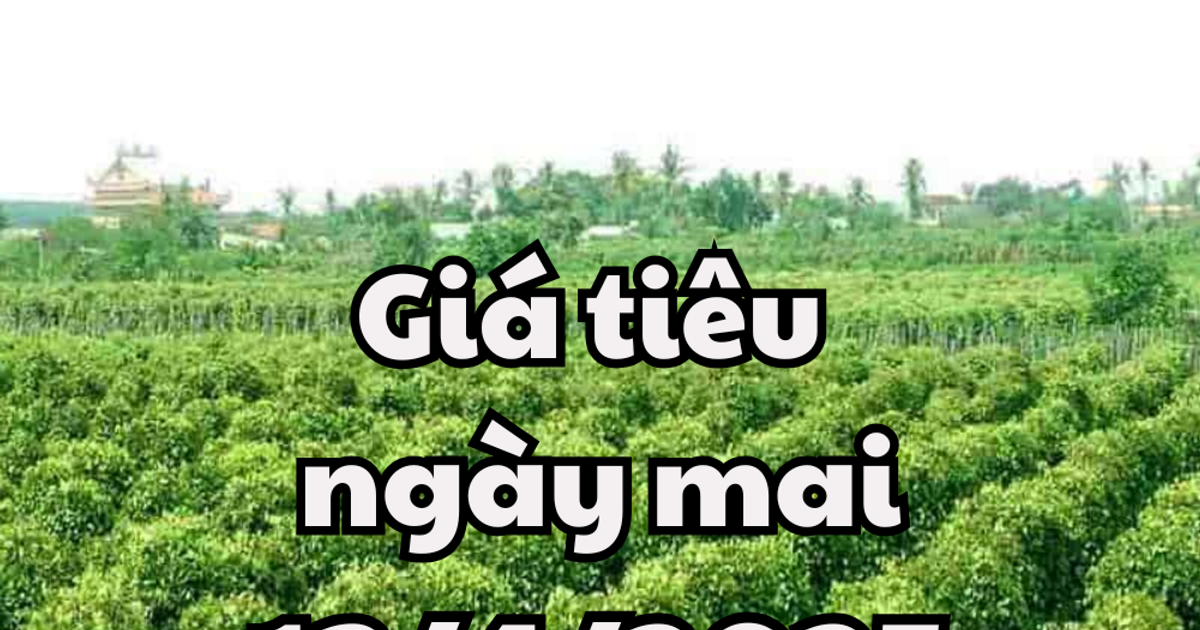
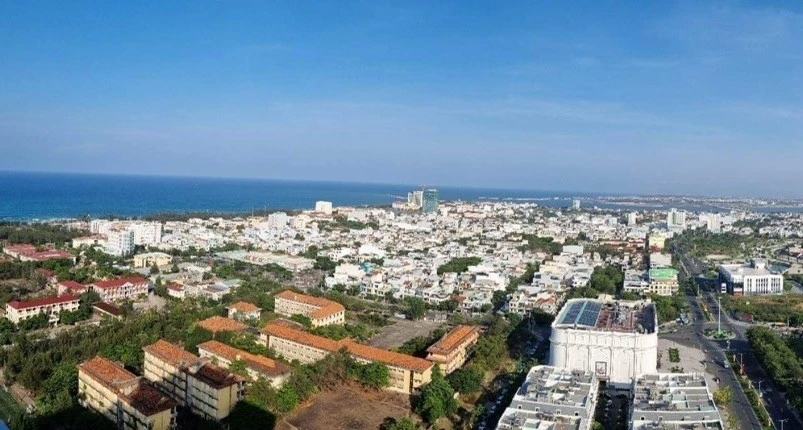

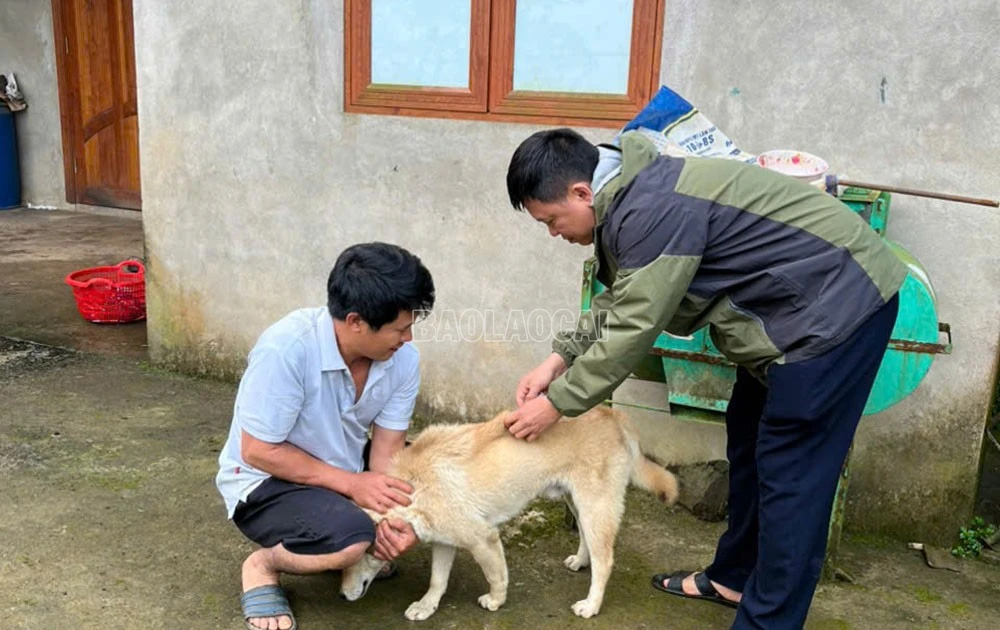







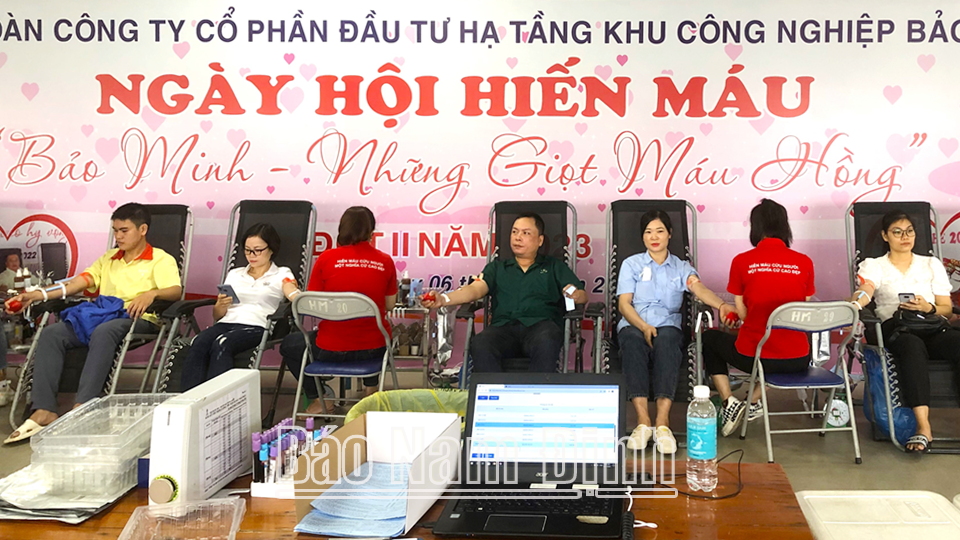
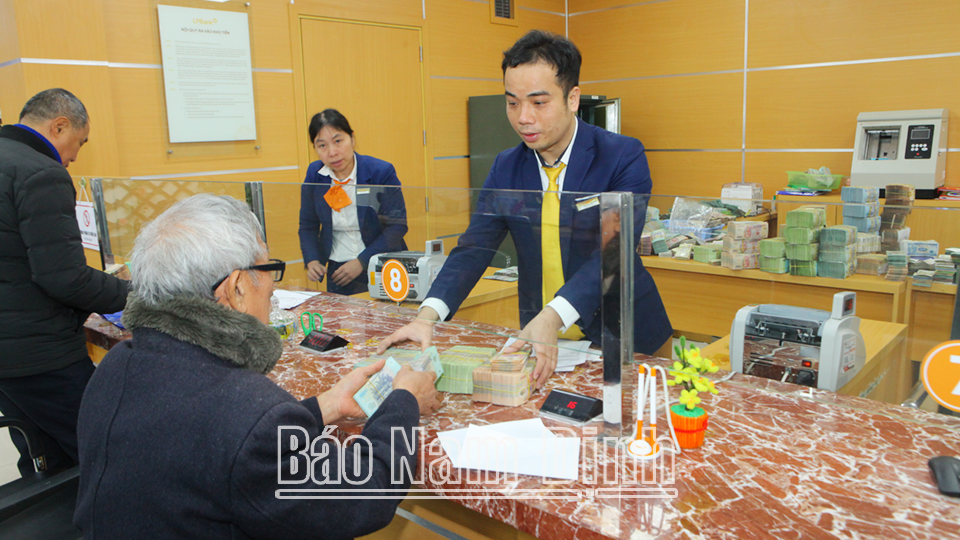
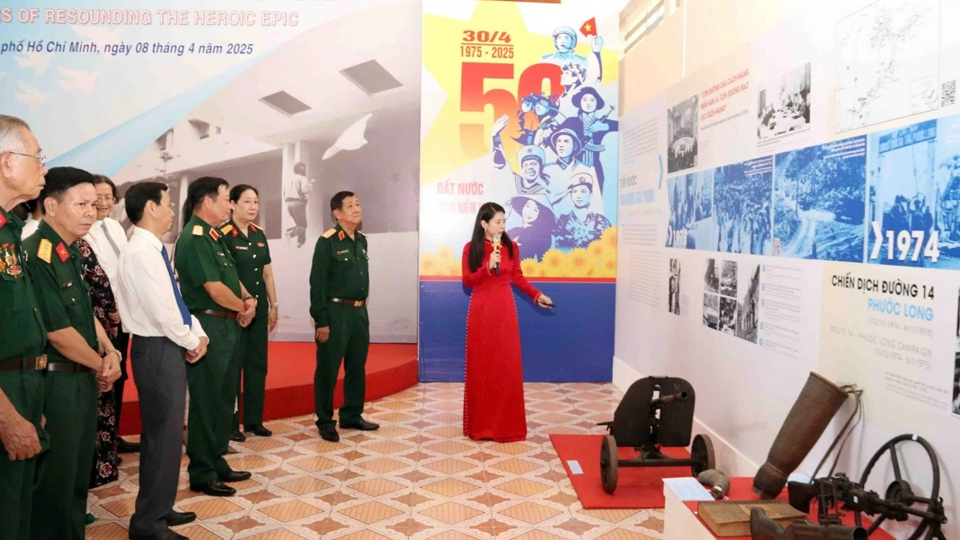
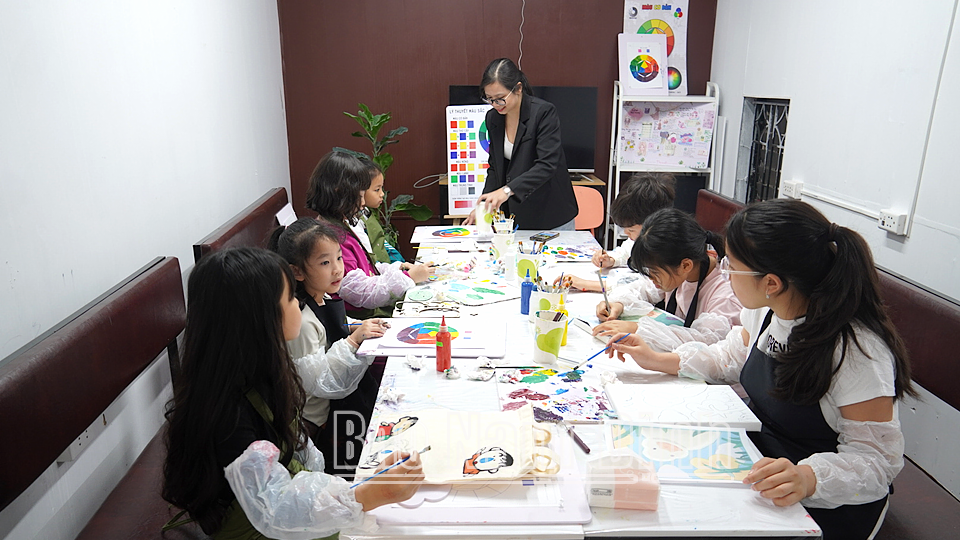
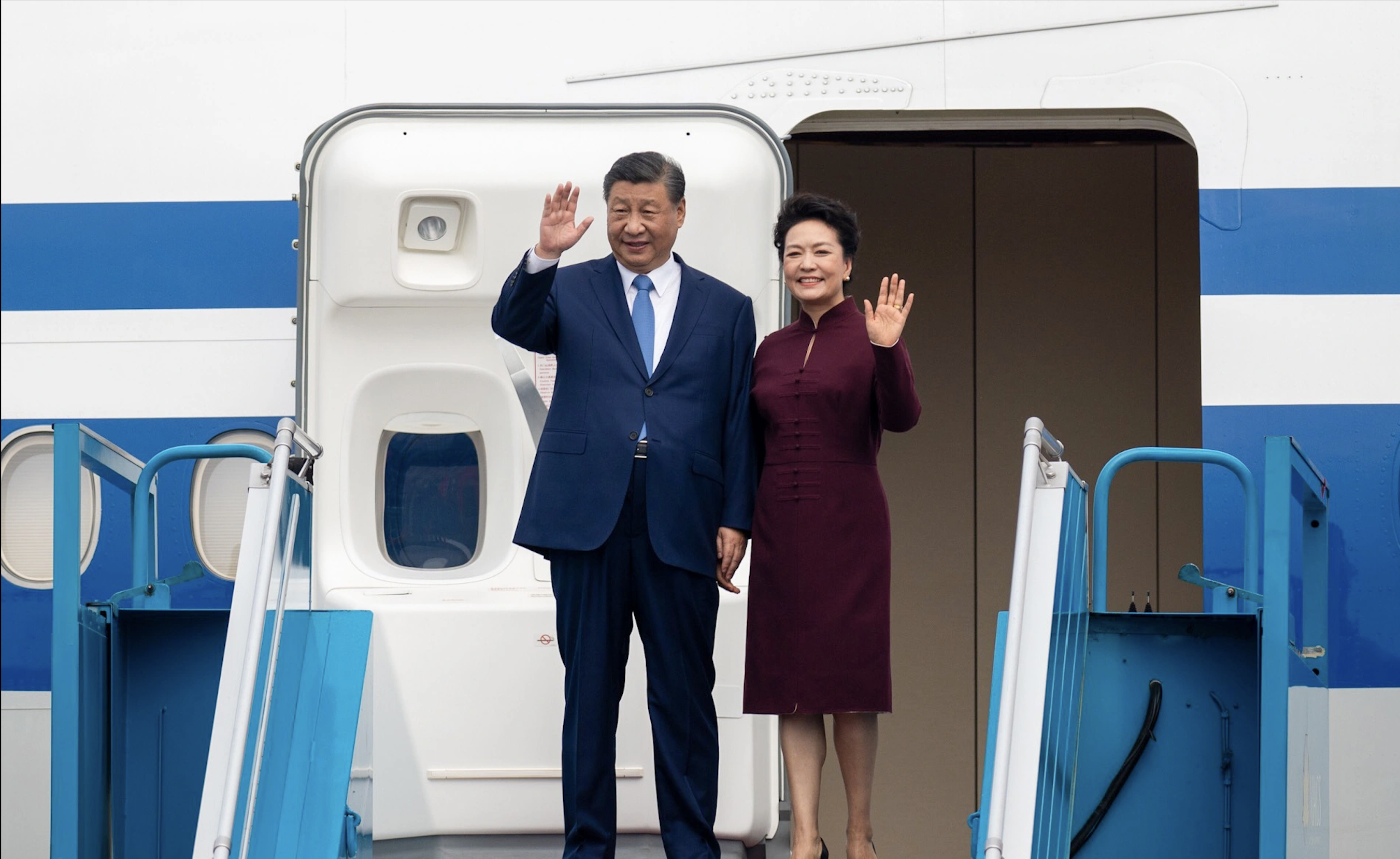














































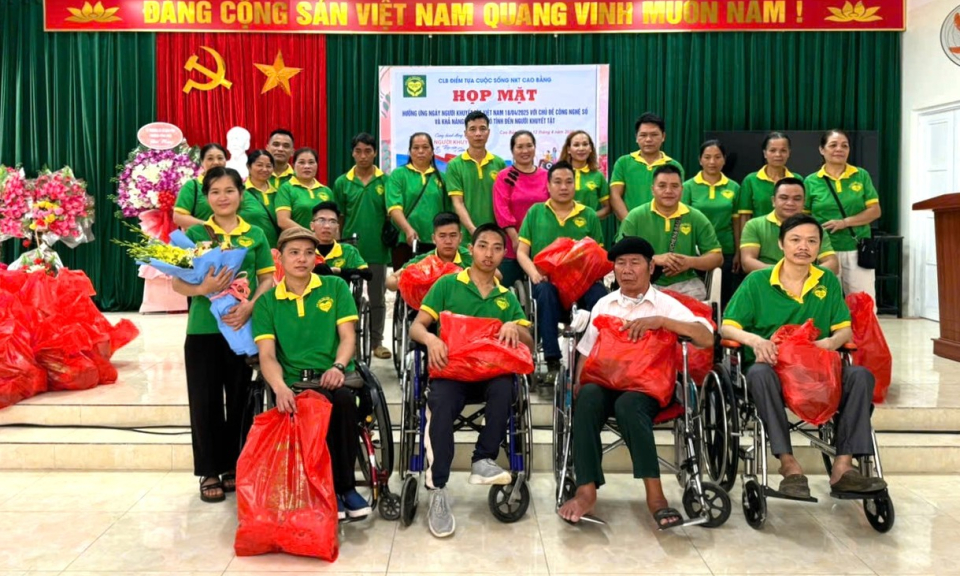





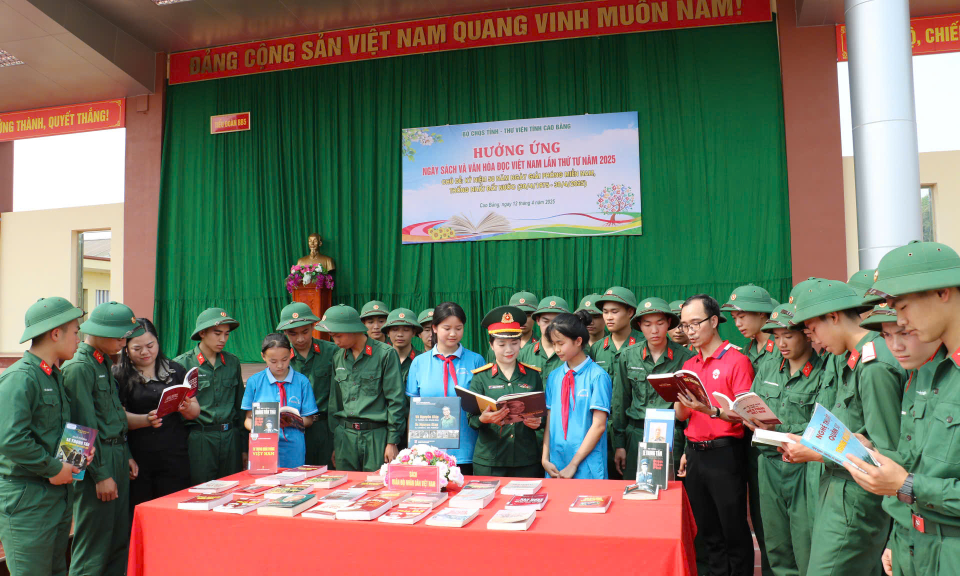
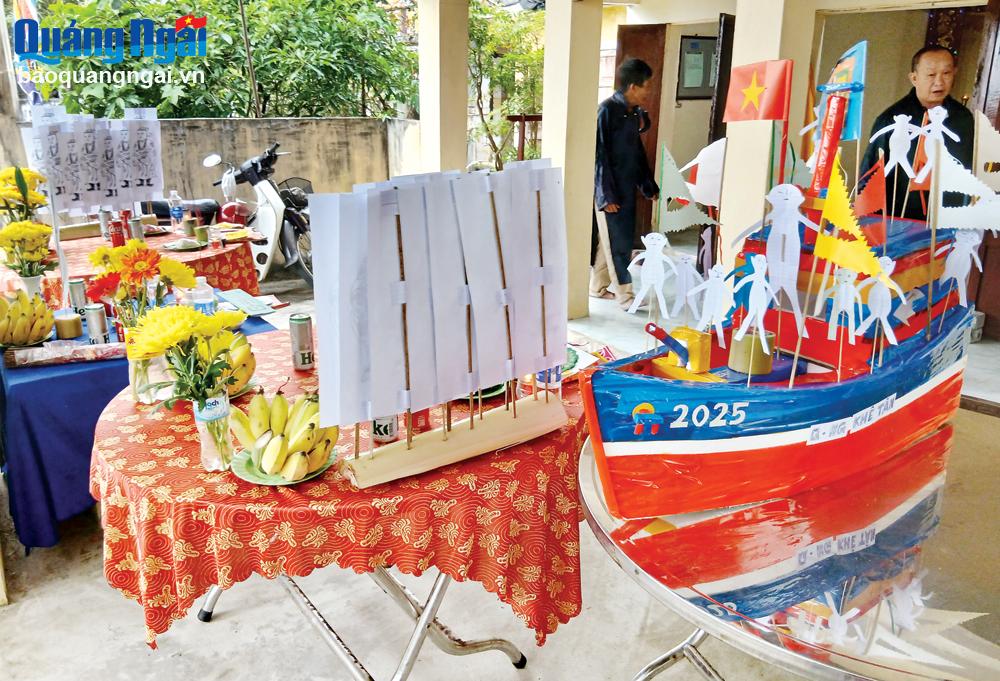











Comment (0)